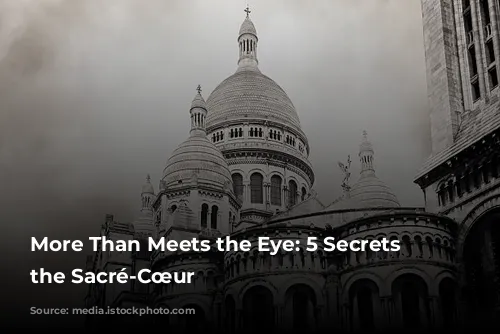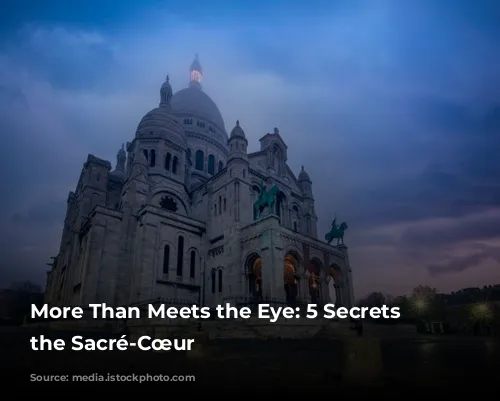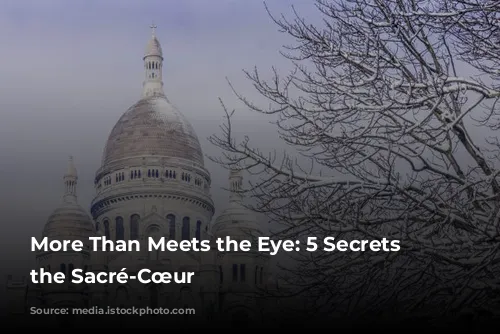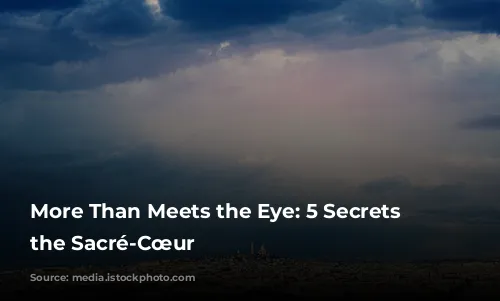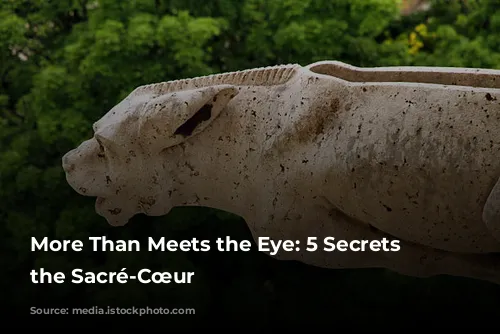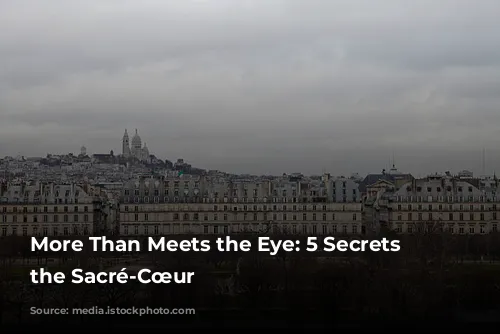The Sacré-Cœur, nestled just a stone’s throw from our hostel, is a beloved Parisian landmark. You might know it as the city’s second most visited tourist attraction, or as the highest point in Paris, but there are hidden stories behind its grandeur. So, let’s delve into 5 intriguing facts you might not know about this iconic basilica.
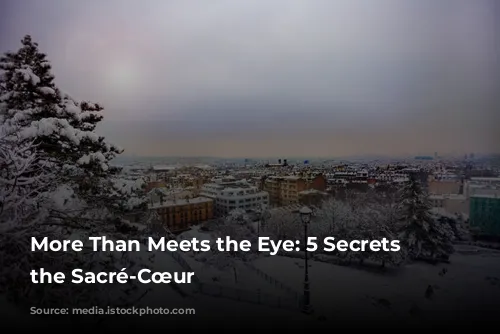
A Pagan Past
Before it became a renowned Catholic monument, the hill of Montmartre was a site of pagan worship. Imagine this: the same spot where the basilica now stands was once used for ancient rituals, with worshippers believing they were closer to the divine on this elevated terrain. Gallo-Roman temples dedicated to Mercury and Mars were even built here, giving the hill its initial name – Mont Mercori and later Mont Martis (Mount of Mars), eventually evolving into Montmartre.
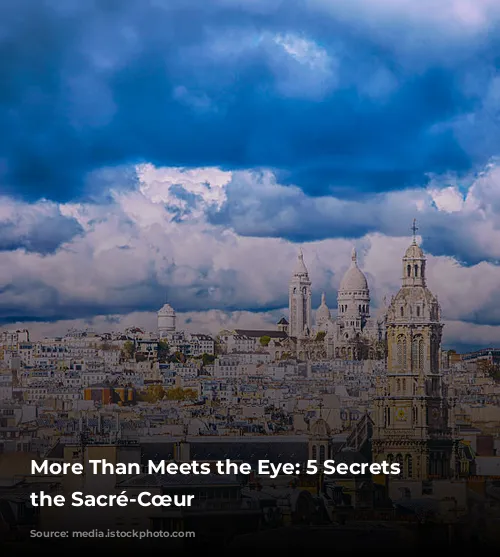
Built to atone for a Revolution
The Sacré-Cœur wasn’t just a monument to faith; it was also a symbol of political reconciliation. Following the Franco-Prussian War, France was embroiled in political turmoil. Paris, a hotbed of revolutionary fervor, erupted into an insurrection, with the socialist Communard government attempting to overthrow the established order. The Communards’ reign, though short-lived, left a lasting mark on the city’s history. The basilica was built, in part, to “expiate the crimes of the Commune,” as the Archbishop of Paris hoped to erase the memory of the revolution. This act of atonement remains a source of contention, with some Parisian communists viewing the Sacré-Cœur as a symbol of punishment for the city’s revolutionary past.
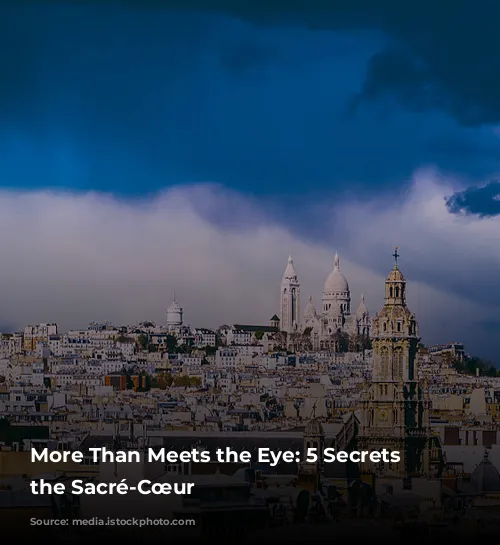
A White Jewel
The Sacré-Cœur’s unique white exterior is more than just aesthetic. It represents the purity of the Eucharist, the central sacrament of the Catholic faith. Paul Abadie, the architect behind the basilica, meticulously selected a specific type of travertine stone to achieve this brilliant white façade.
Sourced from the Souppes-sur-Loing quarry in Seine et Marne, the Chateau-Landon stone is not only extremely hard, making it resistant to harsh weather conditions, but it also naturally cleans itself. When rainwater interacts with the stone, it produces calcite, constantly renewing the basilica’s white shell. This unique combination of durability and self-cleaning ensures the Sacré-Cœur maintains its pristine appearance for centuries.
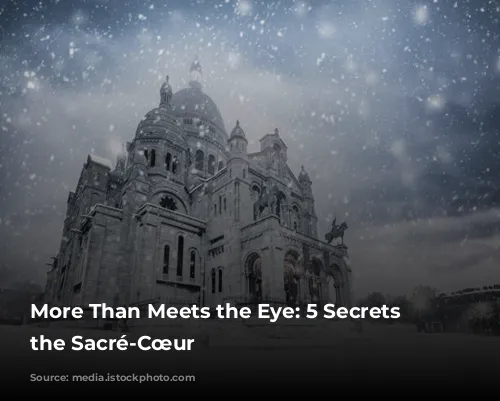
Views Worth Climbing For
The Sacré-Cœur is not only a religious site but also a stunning observation point offering breathtaking views of the city. While the steps leading to the basilica provide a panoramic vista, there’s an even higher vantage point that most tourists miss.
Tucked inside the basilica, a spindly staircase leads to the church’s dome, granting you the best view of Paris. So, after conquering the initial 300 steps, prepare for one more climb to experience a truly spectacular perspective.
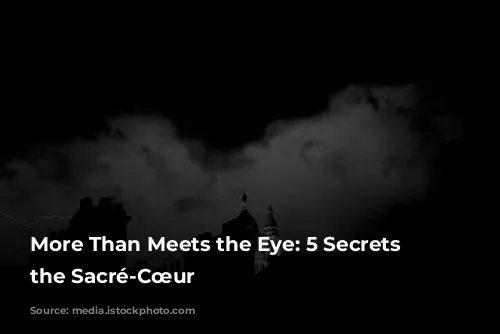
A Night of Prayer and Peace
If you’re looking for a unique and spiritual experience, the Sacré-Cœur’s night adoration might be just what you need. Every night, the basilica hosts a continuous chain of silent prayer, a tradition that dates back to 1885. Locals and visitors alike are welcome to spend the night in the church, in exchange for a one-hour prayer session.
In return, you can rest in one of the dormitories (a donation is suggested). The prayer sessions continue throughout the night, and you will be awakened by a nun when it’s your turn. If you’re not feeling particularly religious, you can always opt for our hostel and enjoy a peaceful sleep instead!

Conclusion
The Sacré-Cœur is more than just a beautiful church – it’s a historical monument, a symbol of faith, and a captivating observation point. Its history is intertwined with both religious devotion and political upheaval, making it a truly fascinating and memorable place to visit. So, when you’re in Paris, don’t just admire its grandeur from afar; take the time to explore its secrets and discover the hidden stories behind this iconic landmark.

